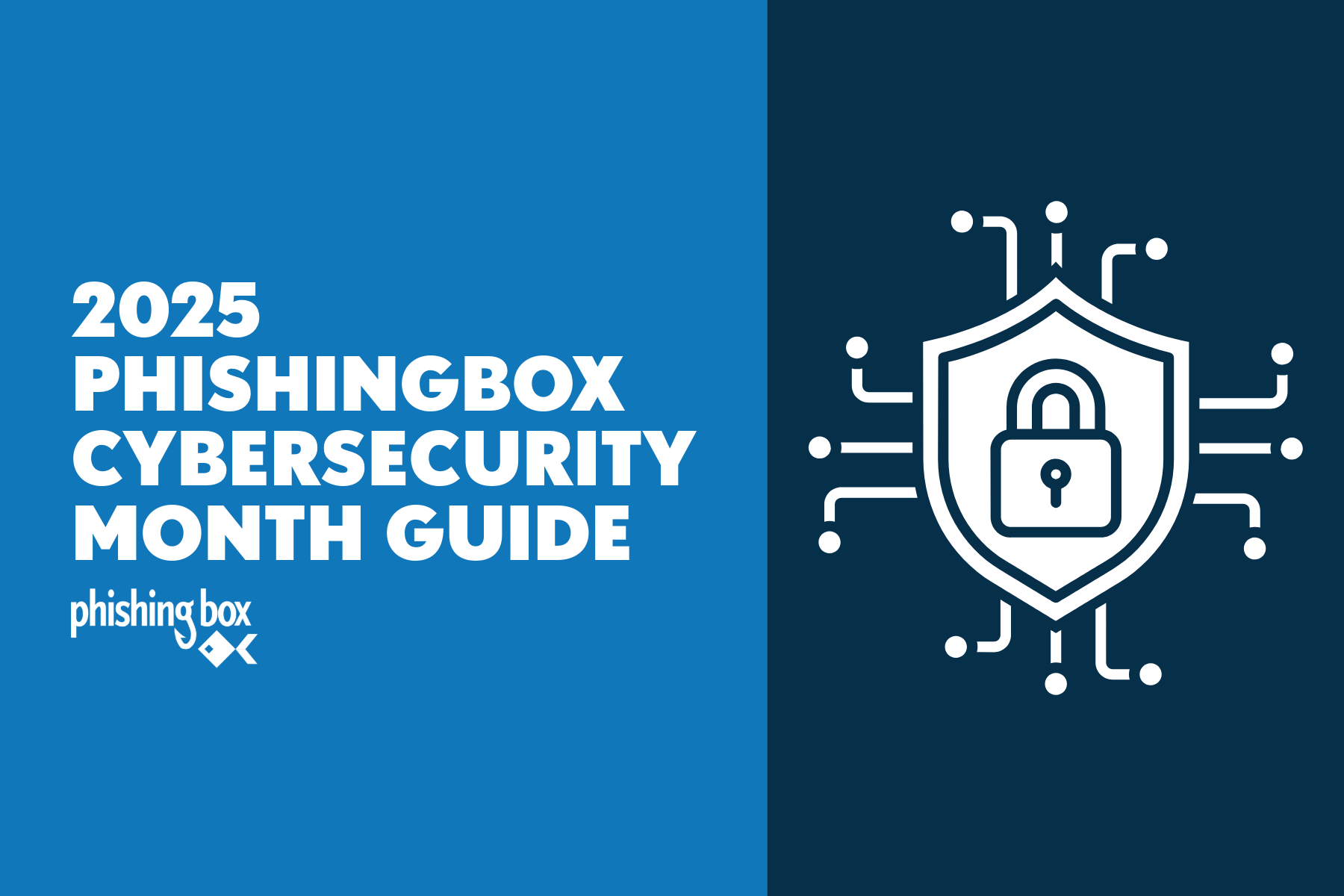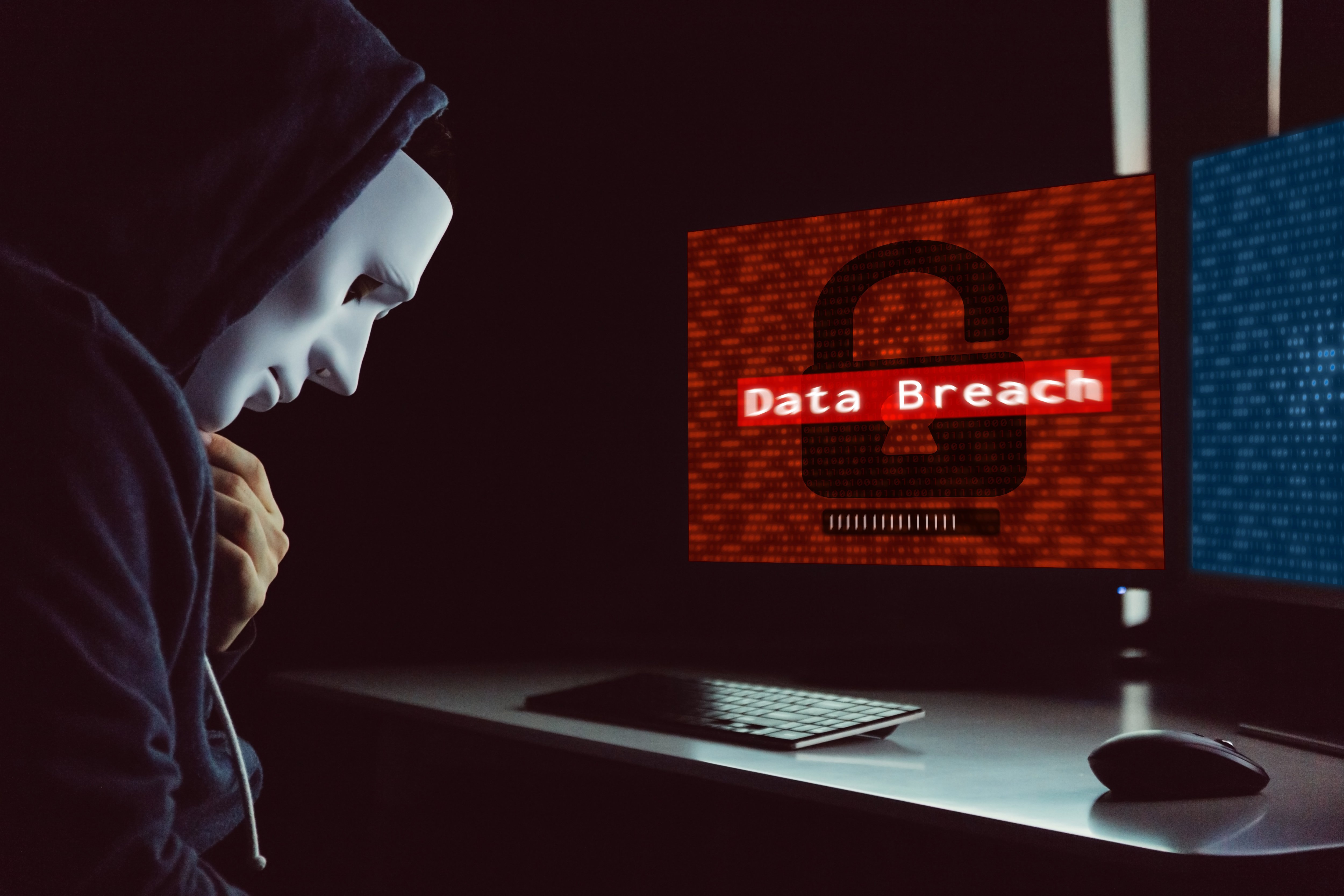One of the largest components of cybersecurity defense strategy is human risk management.
As an organization, you need to be able to assess human risk in order to stay ahead of potential cyber threats attacking businesses, associations, and institutions daily.
Safeguarding private data and assets from the various vectors of cybercrime should be a top priority for your organization to protect both internal and external stakeholders.
We’ve defined and explained human risk before. Now, we’ll define what it takes to assess and resolve lingering human risk issues as they pertain to cybersecurity.
Assessing Human Risk
First, in order to accurately assess human risk present within your organization, you’ll need an understanding of the different types of human risk factors.
Essentially, all human risk can be categorized into one, or two, of three main sub-categories: intentional, unintentional, and environmental.
- Intentional factors - human risks arising from deliberate actions taken by staff or other stakeholders. For example, an employee who intentionally leaks sensitive data to unauthorized parties poses a significant cybersecurity risk to the organization. These “insider threats” can be hard to detect before they happen and require a great deal of employee trust.
- Unintentional factors - human risks arising from inadvertent actions or mistakes made by staff or other stakeholders. For example, an employee who accidentally clicks on a phishing email link, downloads a ransomware attachment, and unknowingly installs malware on the organization's system. These unintentional human risks are just as dangerous as intentional human risks, but can be mitigated with consistent cybersecurity training and increasing awareness.
- Environmental factors - human risks arising from external factors such as social engineering or physical access breaches. For example, an attacker gains physical access to an organization's system with a cleverly crafted social engineering attack deploying tailgating or pretexting.
Identifying and Mitigating Human Risk Factors
A proactive plan must be formed to identify human risk factors. With a comprehensive approach centered on understanding the different types of human risk, listed above in this blog post, and the contributing factors to each of them, an organization can begin attacking the problem head-on.
Once identified, organizations mitigate human risks by combining staff cybersecurity training, developing incident response policy and procedure, and installing technological controls.
Employee Training
One of the most effective ways to mitigate human risk is by increasing cybersecurity awareness among your staff at all levels within the organization. By educating employees about the various human risk threat vectors and offering up how to identify and avoid them, organizations can significantly reduce the risk of human error. Training programs should include topics such as password security, phishing awareness, physical security, removable media, general awareness, and social engineering tactics.
Policy and Procedure Development
Promote cybersecurity best practices within your organization at all levels. By requiring regular cybersecurity training be completed, you can fortify your human firewall and mitigate the human risk gaps present within your systems.
When creating and mandating new policies, be sure to focus on protecting company assets, like computers, mobile devices, and network resources. Your policies should be clear, concise, and consistent. Provide clear guidelines for data handling and retention, as well as the reporting of security incidents and distribute effective communications detailing the strategy.
Technological Controls
With training and education in place and new policies and procedures outlined and enforced, it’s time to eliminate human risk where possible with efficient and effective technological controls. These controls can include things like firewalls, intrusion detection systems, and access control methods like VPN and SSO. An additional item to be on the lookout for is the role artificial intelligence and machine learning can play in assisting your defense needs.
The Bottom Line
A recent IBM Cost of a Data Breach Report determined human error as the leading cause of data breaches, accounting for 23% of all incidents.
The report also found data breaches caused by human error were more costly than those caused by malicious attacks to the tune of $3.33 million compared to $2.45 million on average.
Another recent report, this one distributed by the Ponemon Institute, found the average cost of a data breach involving human error was $3.5 million. The same report noted organizations with a strong security culture, ones focused on human risk management via mitigation strategies such as staff cybersecurity training, had lower data breach costs by $2.6 million on average compared to weak or non-existent cybersecurity cultures.
To round out the theme, The Cybersecurity Workforce Study conducted by (ISC)² found 90% of organizations surveyed reported a shortage of cybersecurity skills. This makes it even more important for organizations to prioritize human risk management and mitigation strategies.
Highlighting the incredible impact human risk can have on an organization's cybersecurity posture sheds light on what just one human mistake, or intentional action, can mean for overall financial health.
It’s vital for IT professionals to implement strategies to address human risk and fight for adequate cybersecurity training to mitigate potentially catastrophic results from just a single cybersecurity incident.
Human risk can endanger your entire organization's cybersecurity posture.
Let us know if you’d like a FREE, no-cost analysis of your existing cybersecurity defense strategy and human-risk exposure by clicking the Learn More button to the right.


